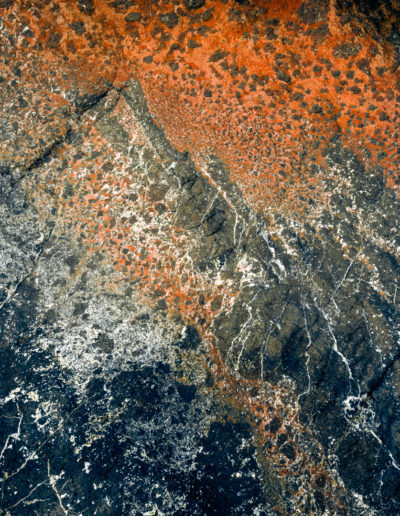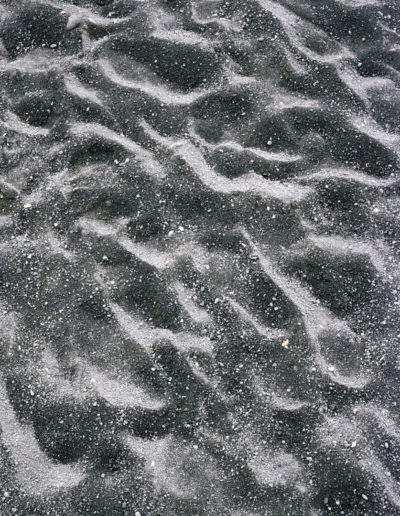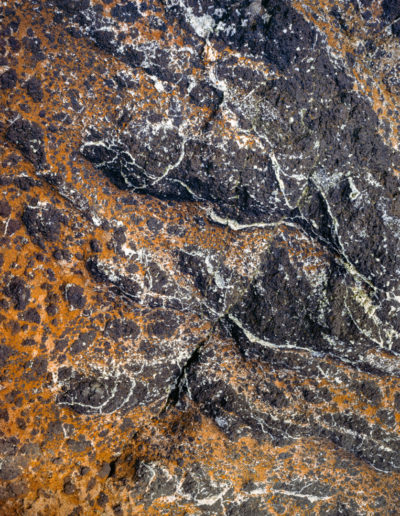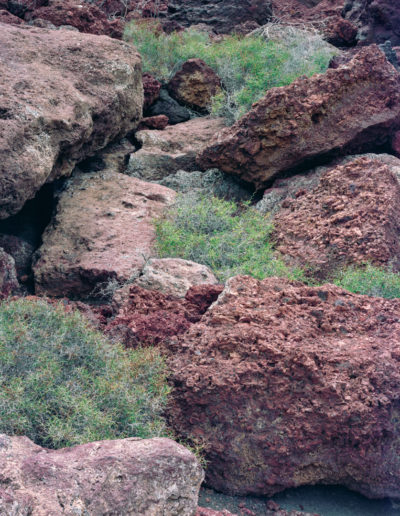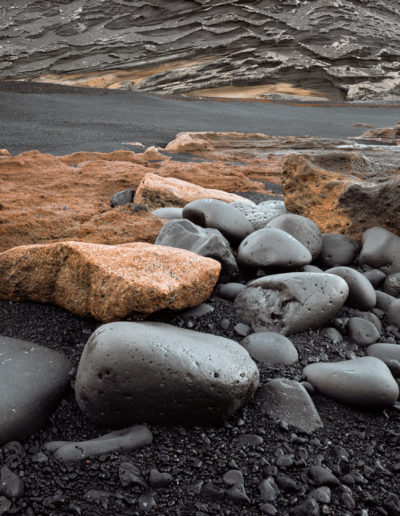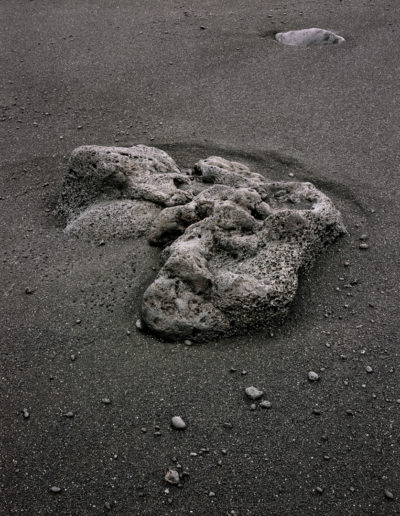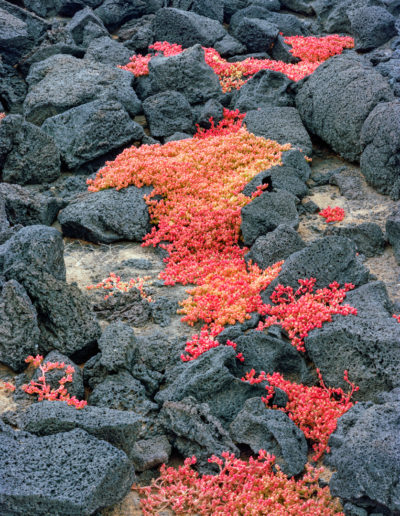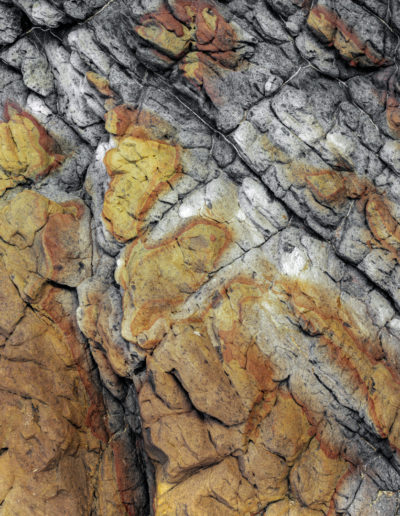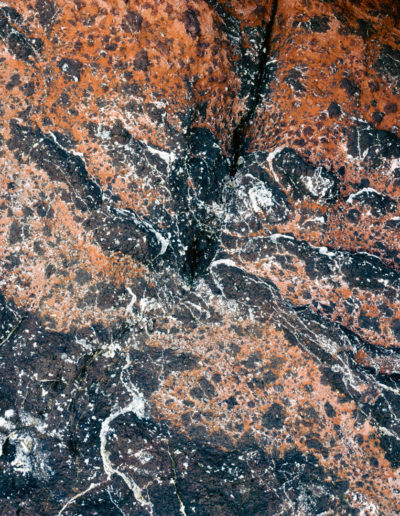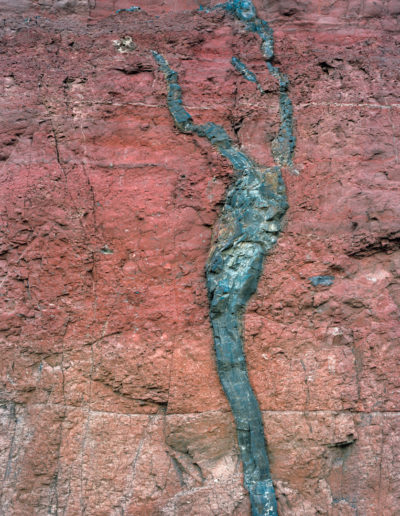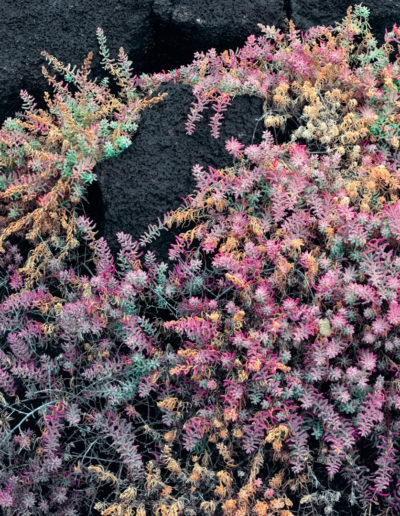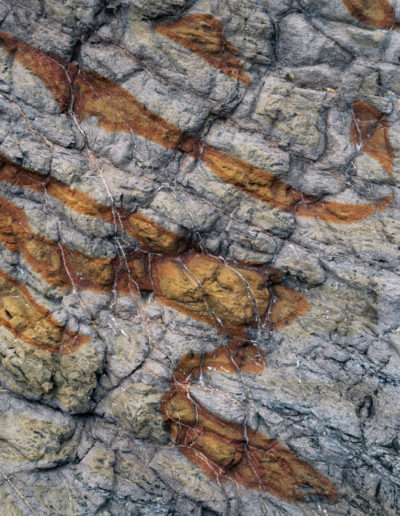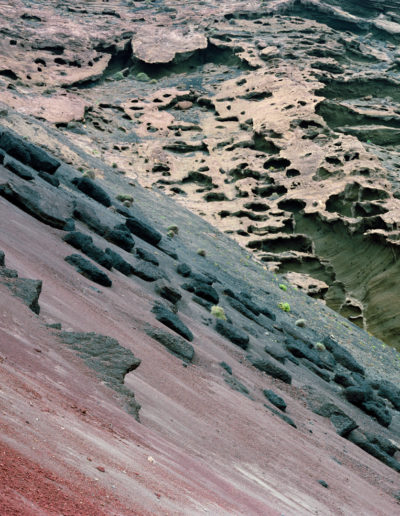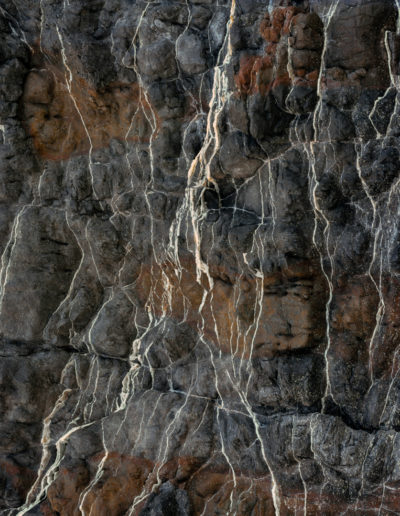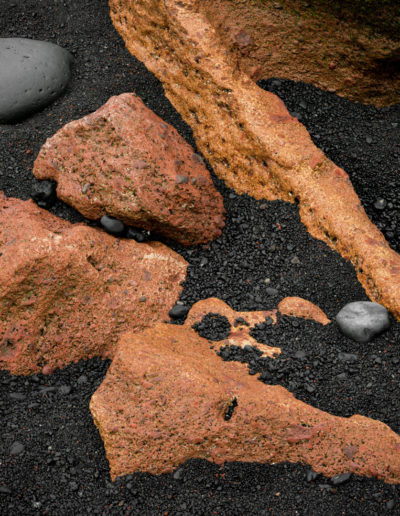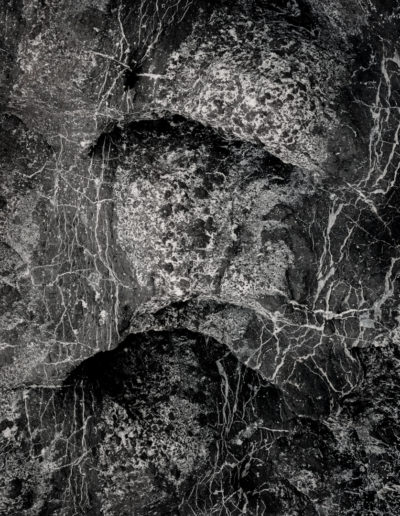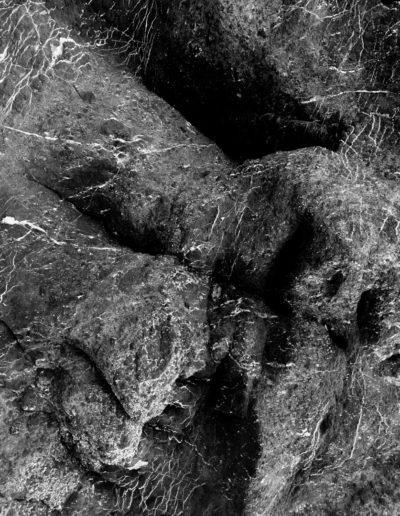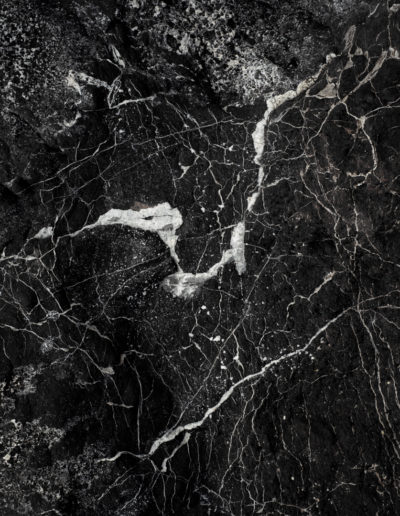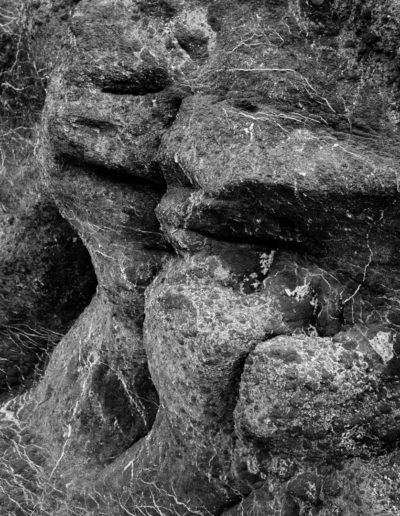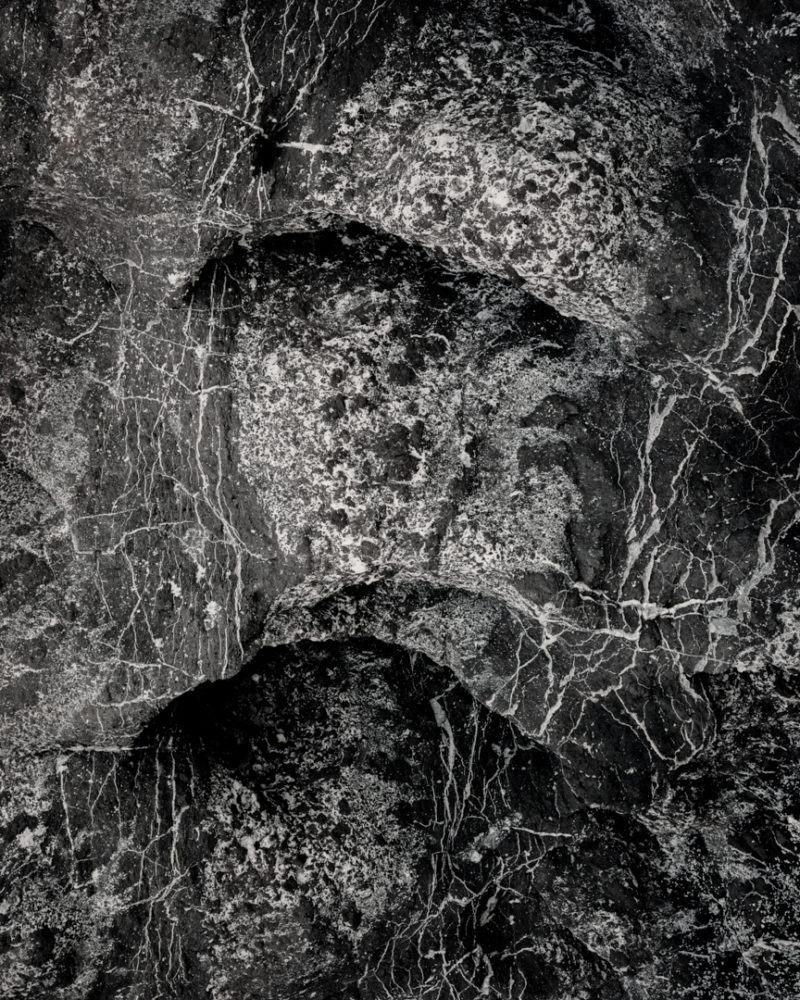
I have always been fascinated with our connection to the land; to place – the past and present, how we have shaped and influenced its use, and of how it has shaped and affected our lives at both a physical and spiritual level. But, one area that has intrigued me more than most and has featured in several series of my work is the concept of the genius loci ‘the spirt of place’, and in some cases connected variations; ‘sense of place’ and something I’ve termed myself ‘nature of place’.
Genius Loci has been explored through many art forms over the years. With the term itself having Latin origins, which can be traced back to its use in classical Roman religion where the genius loci was a protective spirit and was often visualised as a figure of some form suggesting the actual existence of a spirit at that place, as opposed to some external contextualisation of internal spirituality. The former views are still practiced today throughout the world, particularly in many parts of Asia.
In the western world, a more contemporary use of the term genius loci could be best described as expressing ‘atmosphere’ intrinsically connected to a location, to a place. Something that is experienced rather than necessarily exists, which perhaps shifts us more to ‘sense of place’. Some believe this comes from the ancient belief that the ‘land’ itself; trees, rocks, water, sky… has ‘spirit’, and it this which we are sensing. Whereas others, like myself, believe what we sense in circumstances like these is a personal externalisation of deeply seated emotions, experiences, memories, that are triggered through some subconscious recognition of an aspect of the place. Or more likely, prior knowledge of something having occurred at the place previously which we then imagine through visualisation and emotional projection. Explaining why, when visiting somewhere, even for the first time, that there is a degree of familiarity and ‘spiritual’ connection. It is this that I wanted to explore through this series; Fire Mountains.
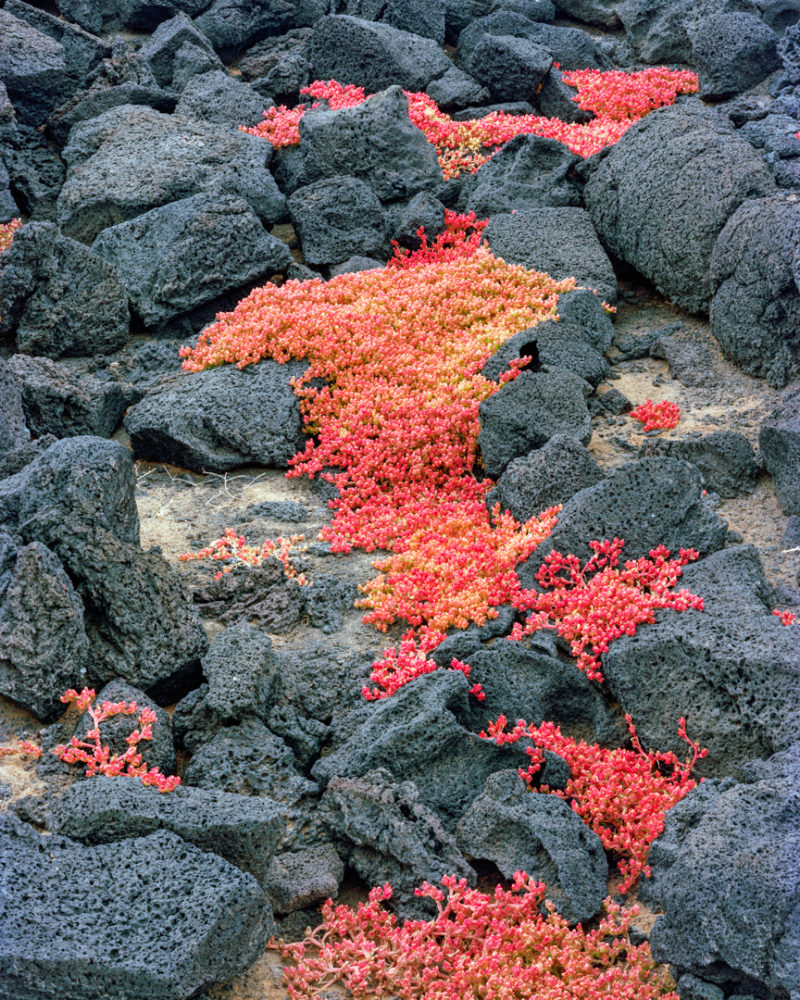
On my first trip to Lanzarote wandering through the volcanic landscape I felt connected to the place, as though I had been there before. This was initially easy to explain away; I had previously been to other Canary Islands and there was recognition of physical elements in the landscape which contributed to the physical familiarity. What wasn’t so immediately obvious though was the ‘atmosphere’ I was picking up on.
I felt there was a story to be told and so through many visits to Lanzarote created two distinct, but connected bodies of work. Of which a part of each is shared here; Elements and Spirits.
The images are accompanied with narrative using quotes from two historical sources documenting the period of the last volcanic eruptions on the island. Between 1730 and 1736, Lanzarote was ripped apart by a series of volcanic eruptions that would leave the island geographically scarred. A period of great hardship for the islanders, a time of torment for those that lived it.
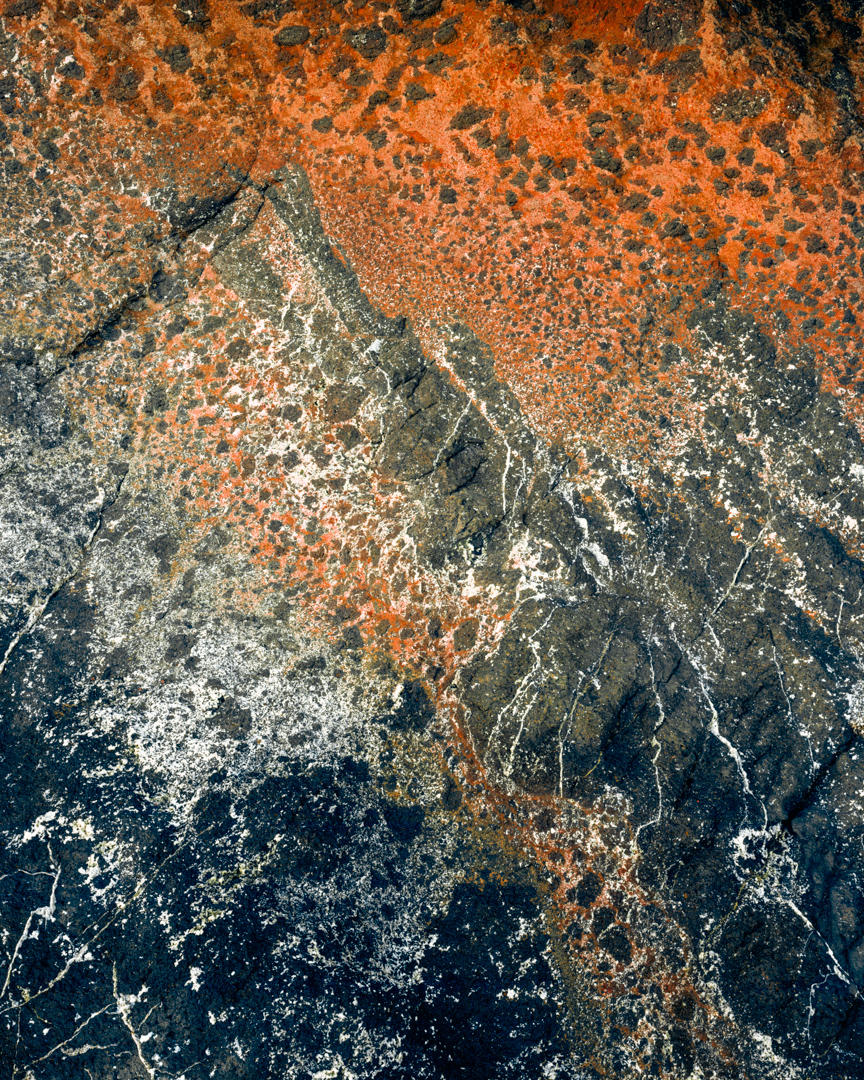
On the first night [1st September 1730] a huge mountain rose from the earth’s bosom and it gave out flames that burned for nineteen days.
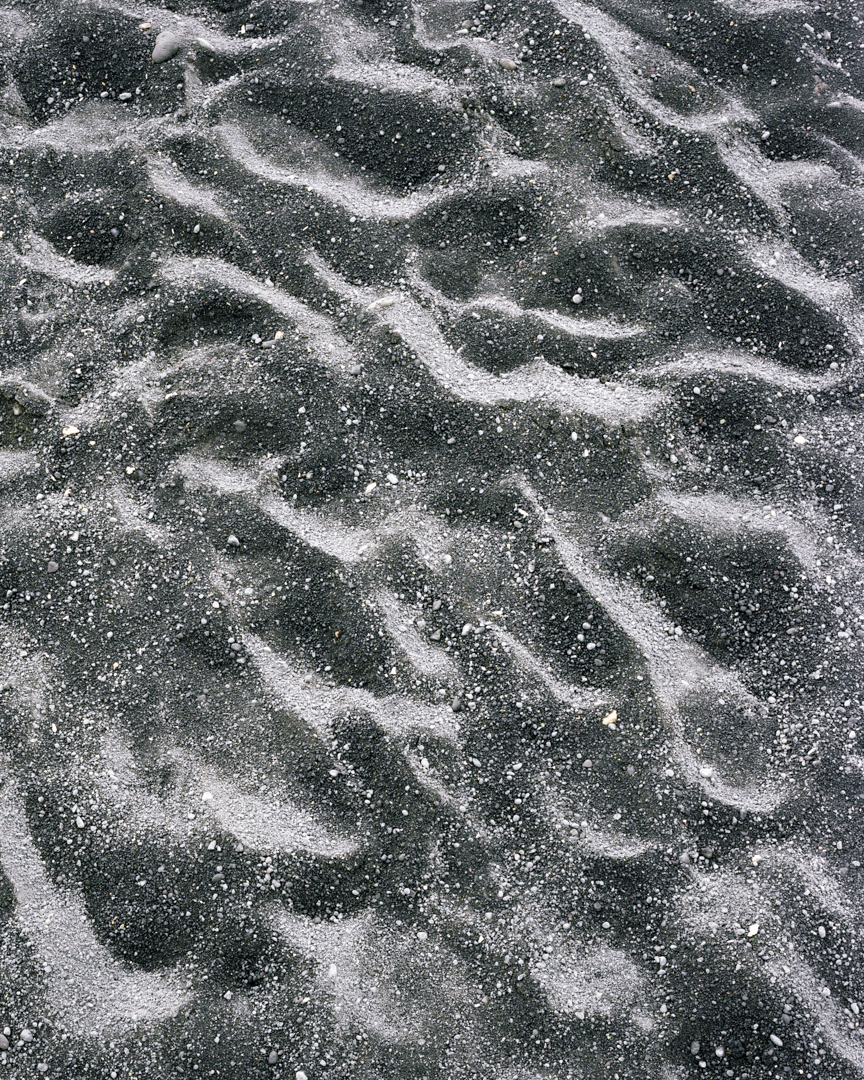
So much fire and sand was expelled that the trouble was felt three or four leagues away, damaging roofs and fields… The heart of the island, and many fields belonging to adjacent villages, as well as to individual owners – all the best land in the area – are henceforth lost because of the ashes…
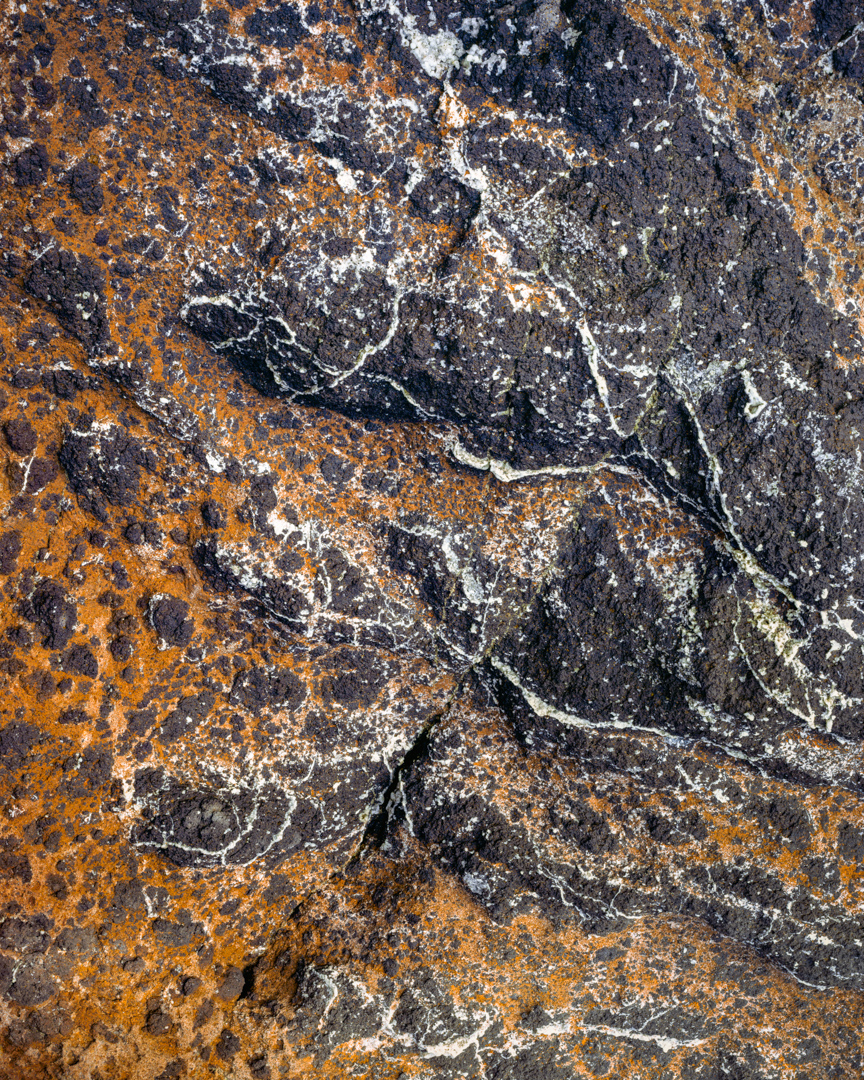
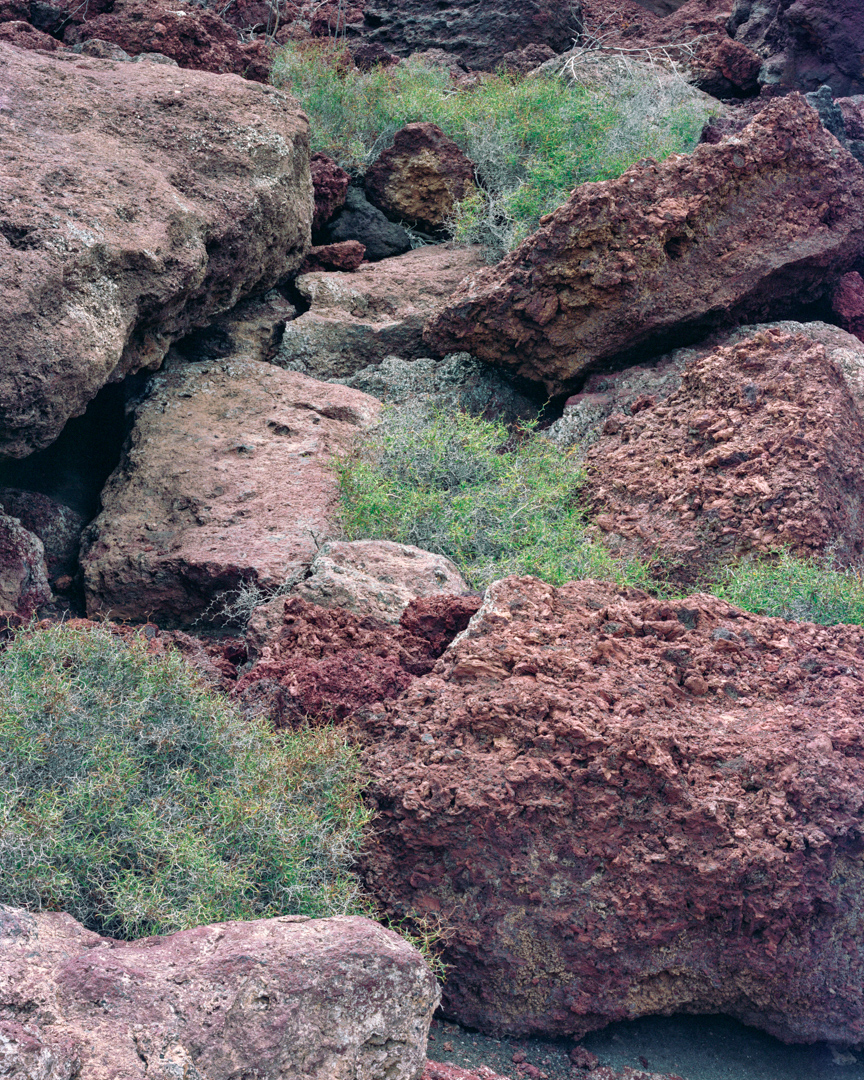
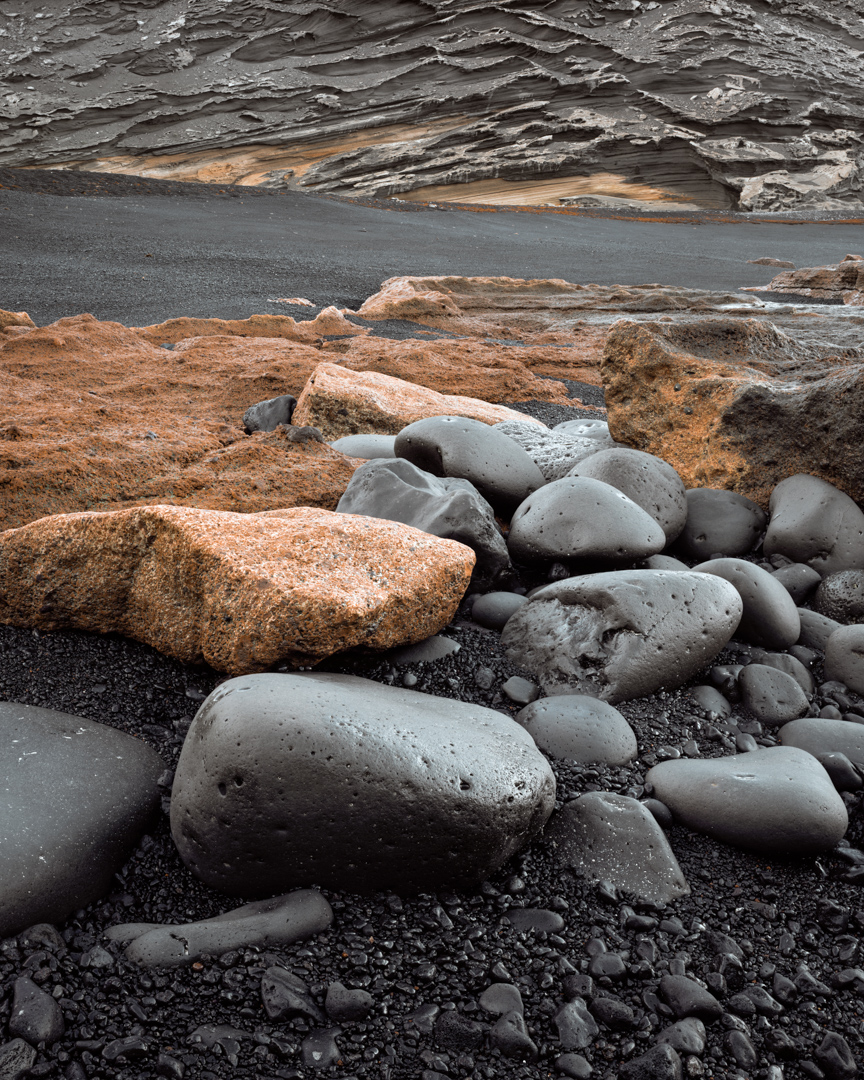
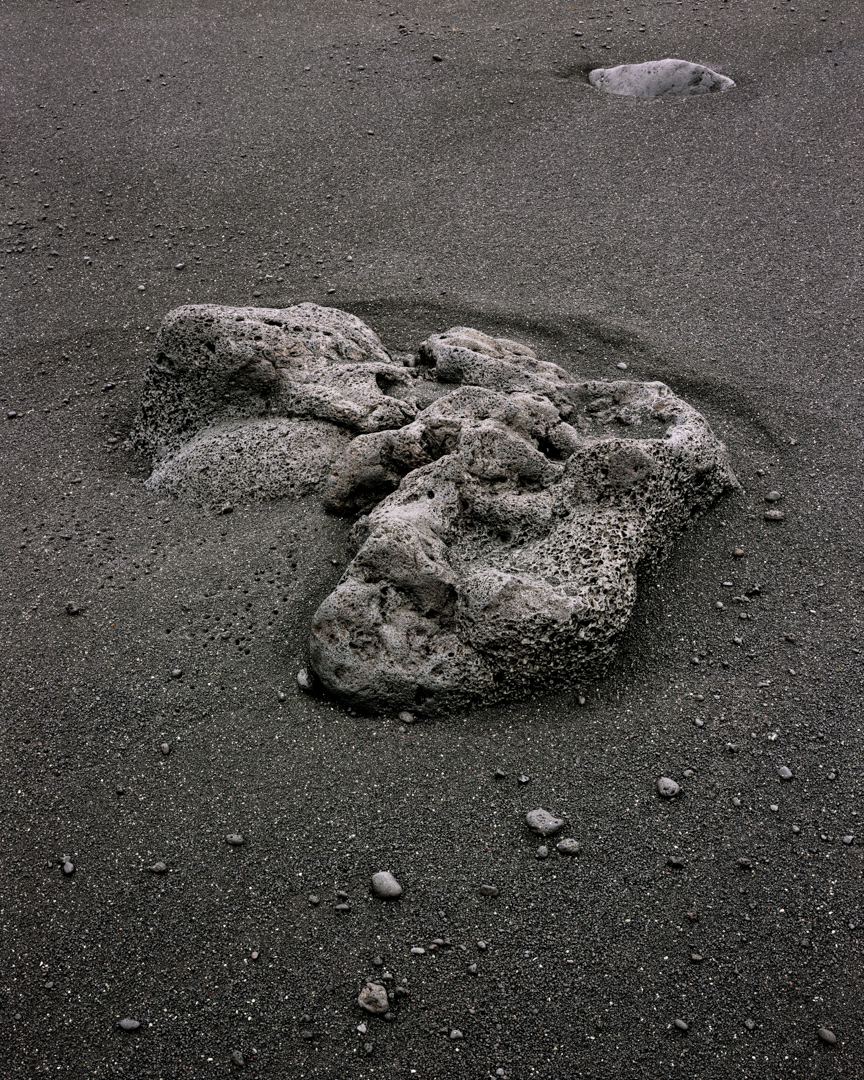
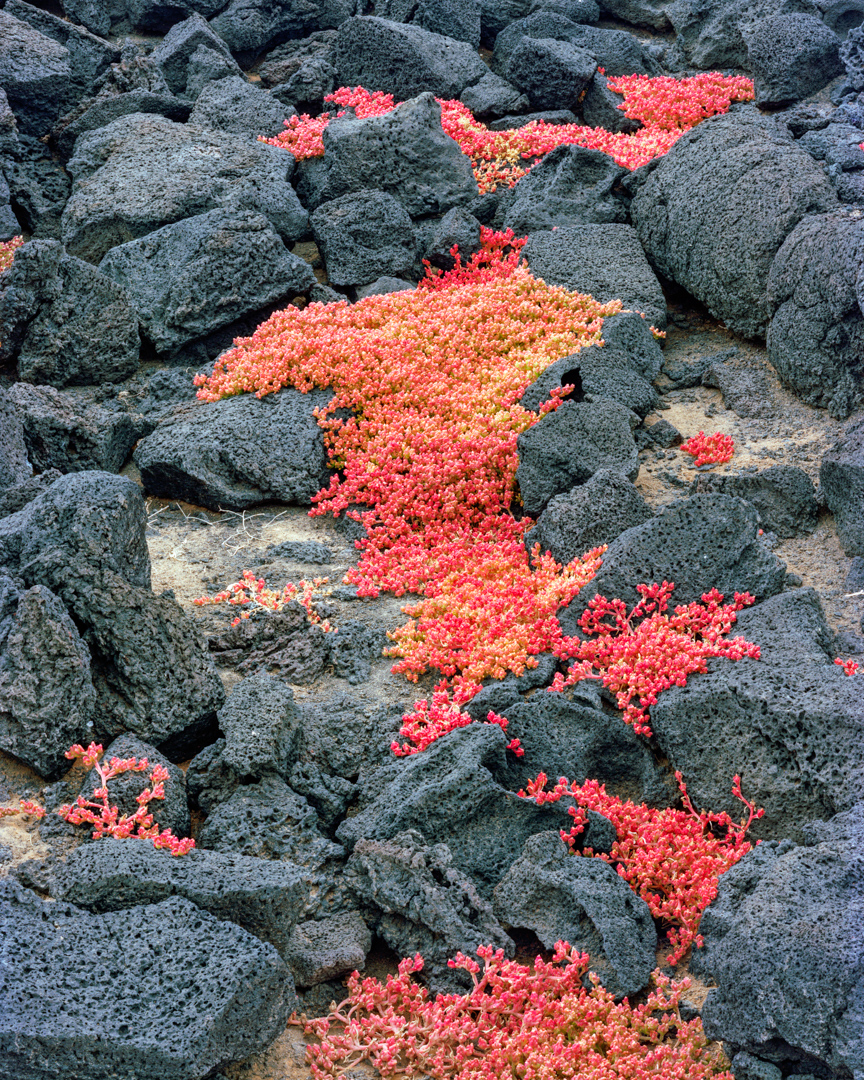
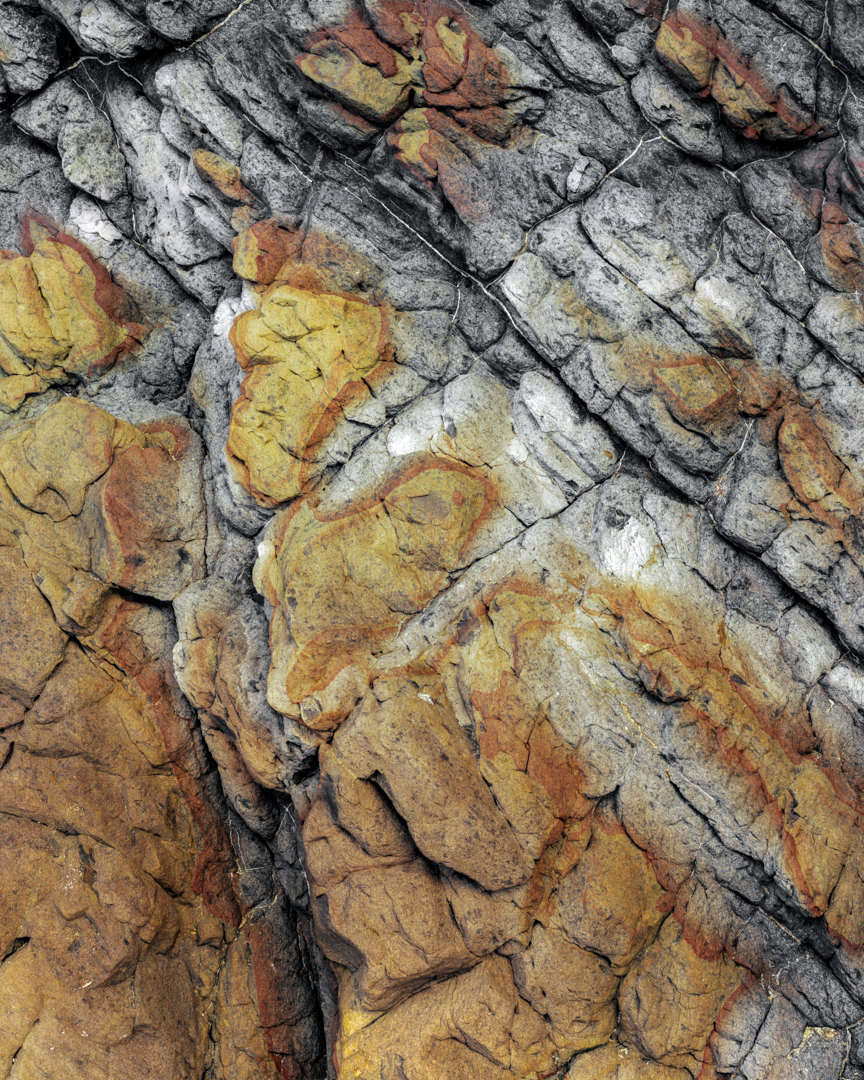
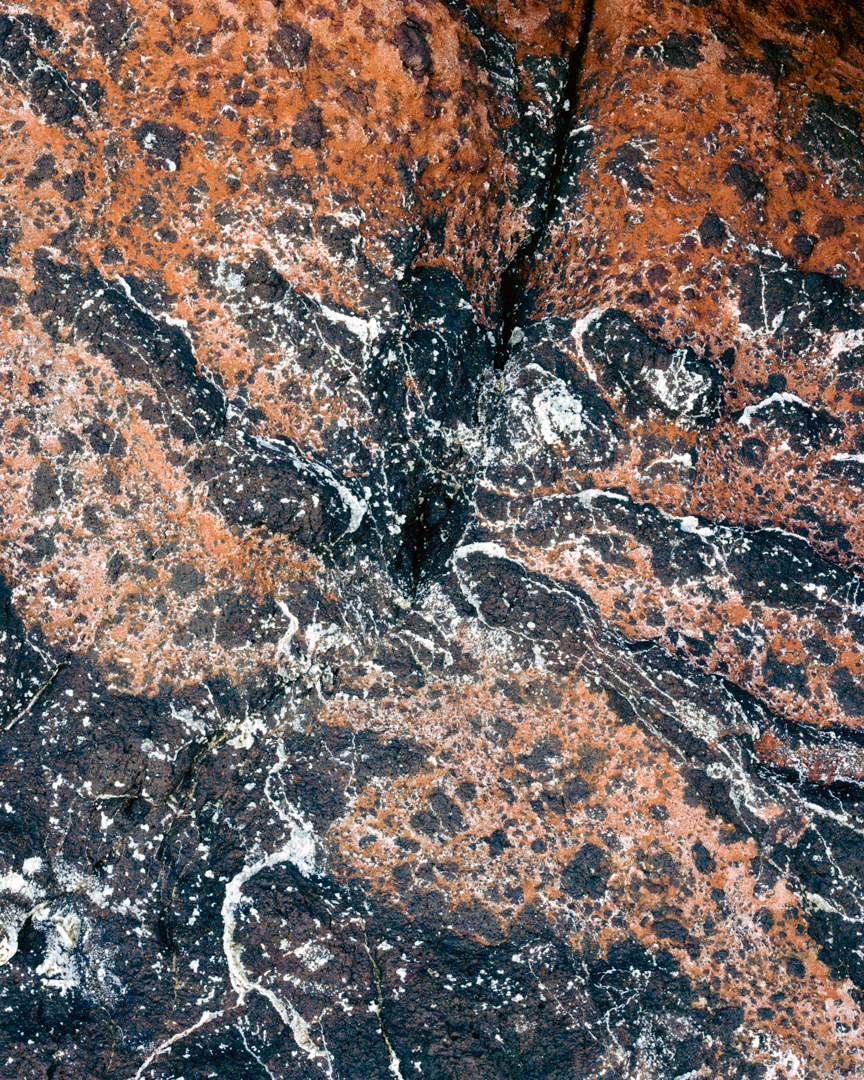
The rage of the eruptions renewed lava, falling upon Mazo, burning it, and covering it completely leaving a fiery cataract.
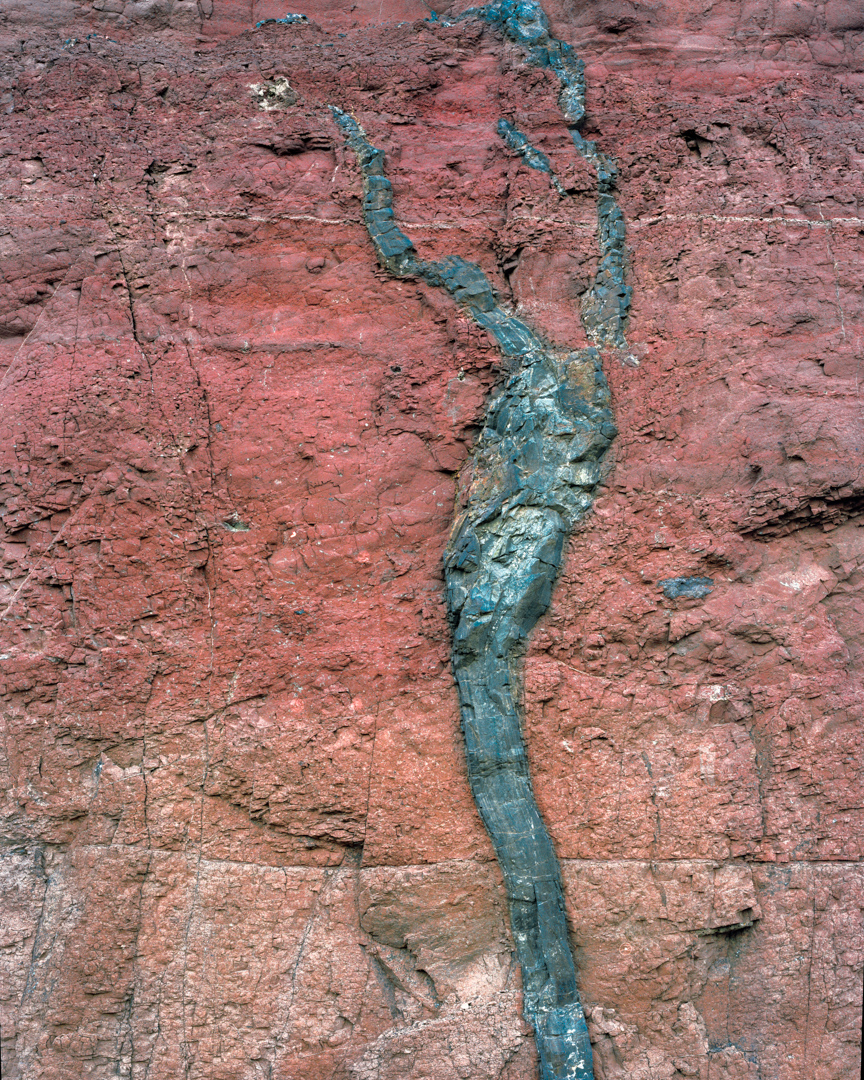
Another lava-flow rushed down to the sea and formed a small islet that around which many dead fish were found.
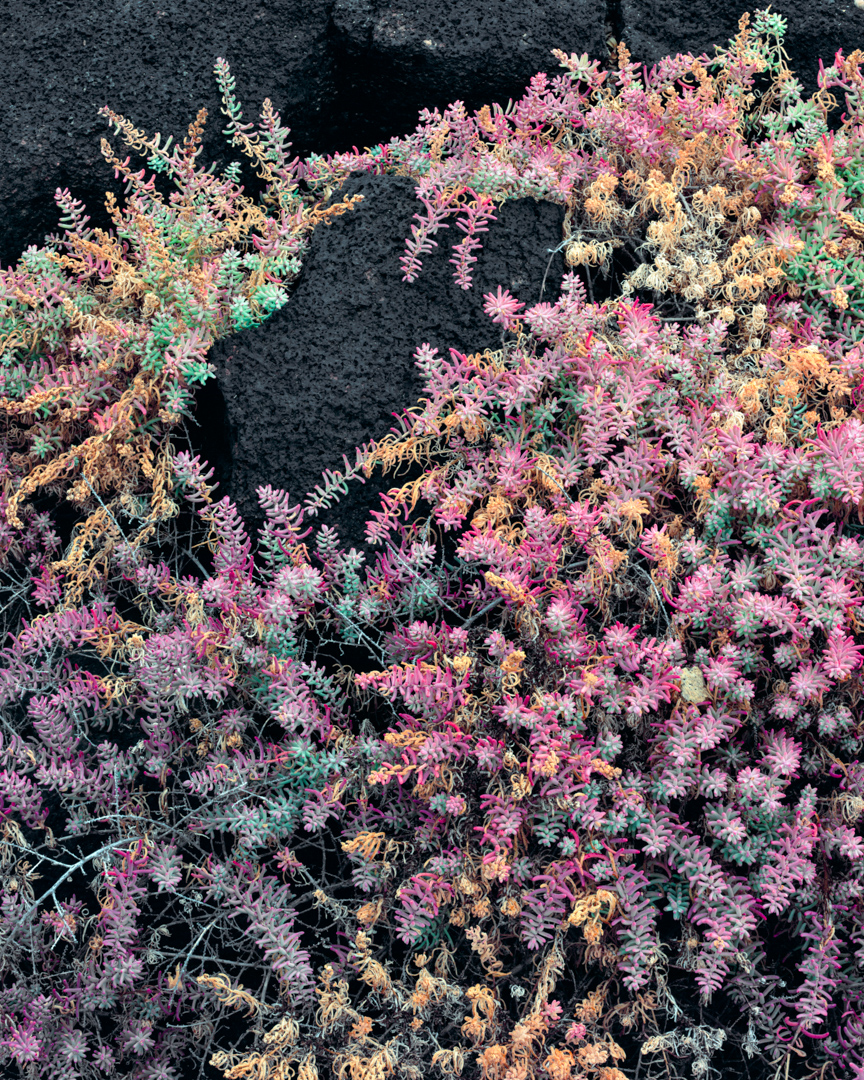
…the lavas changed course and reached Chupadero, burning the whole place and then devastating the fertile croplands of the Vega de Uga.
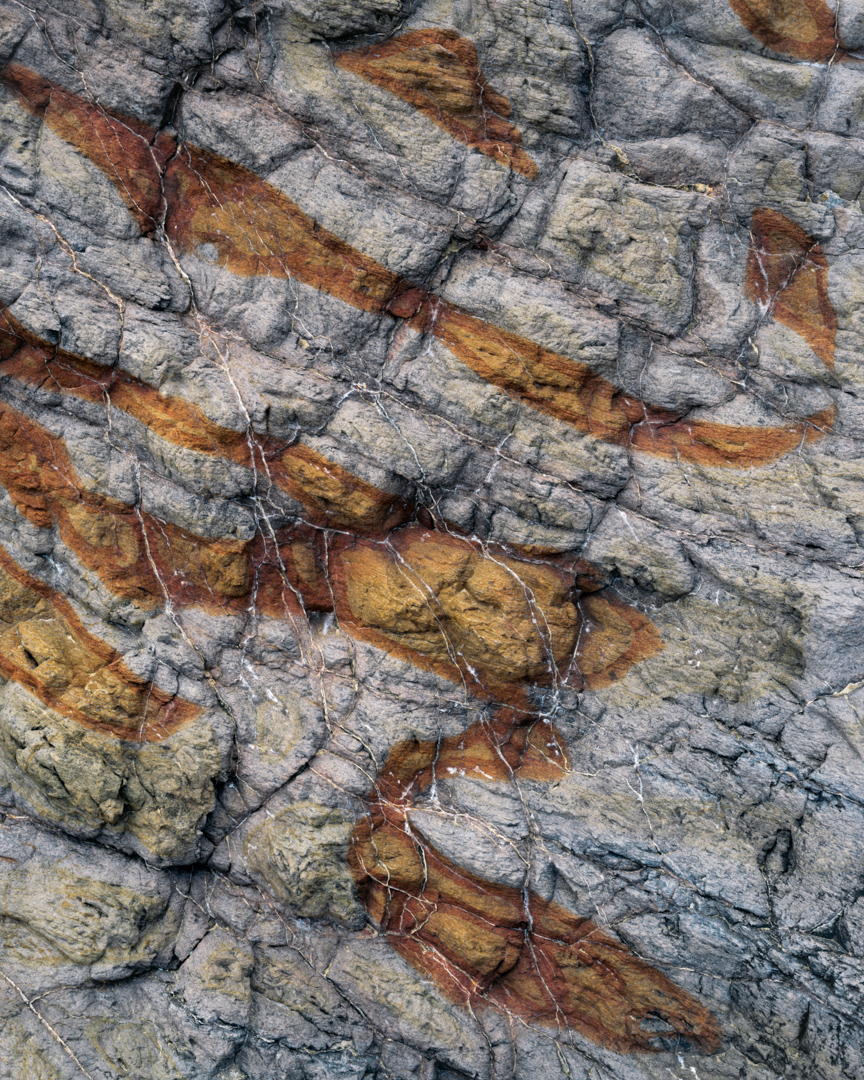
…from two new openings fiery streams of lava flowed forth, and thick smoke followed them. Through the smoke rose a great multitude of red and blue shining flashes, with the same thunder, as in thunderstorms, which was terrifying because the inhabitants had not experienced storms in the region.
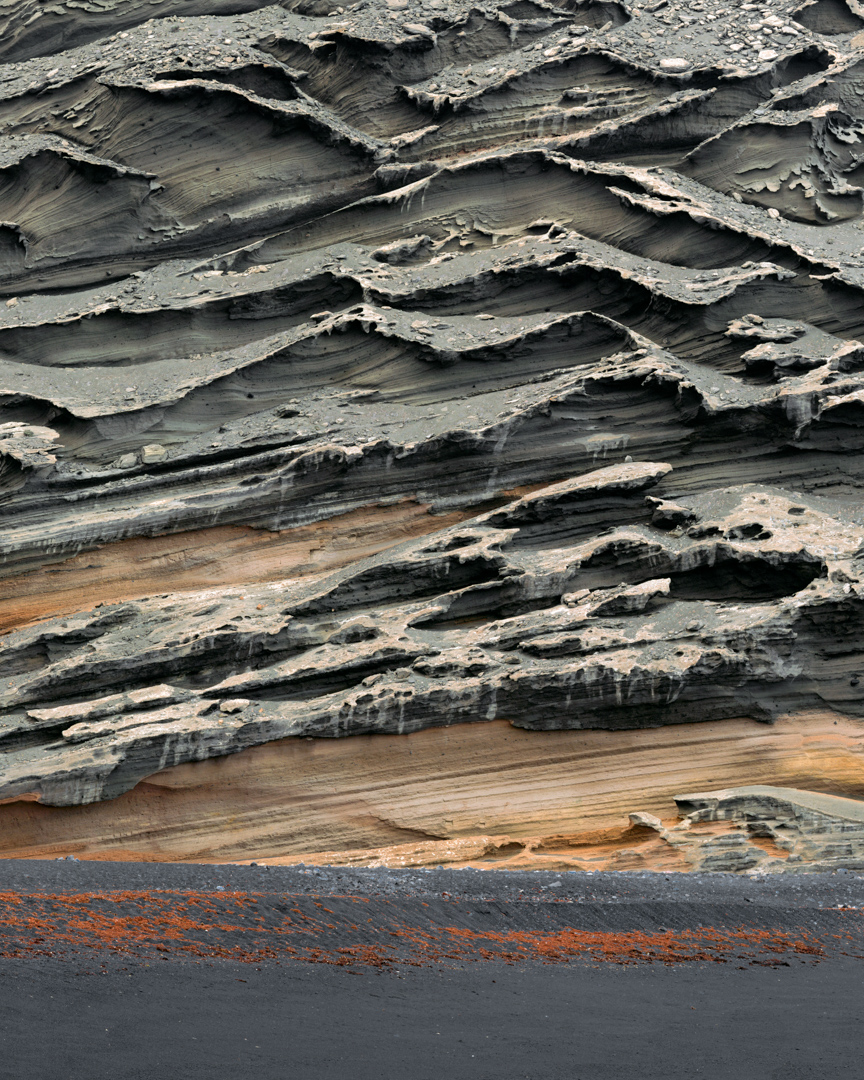
…a great mountain had been raised, which then collapsed back unto itself with a terrible noise, covering the whole island with stones and ashes. Streams of fiery lava rushed again across the land to the sea.
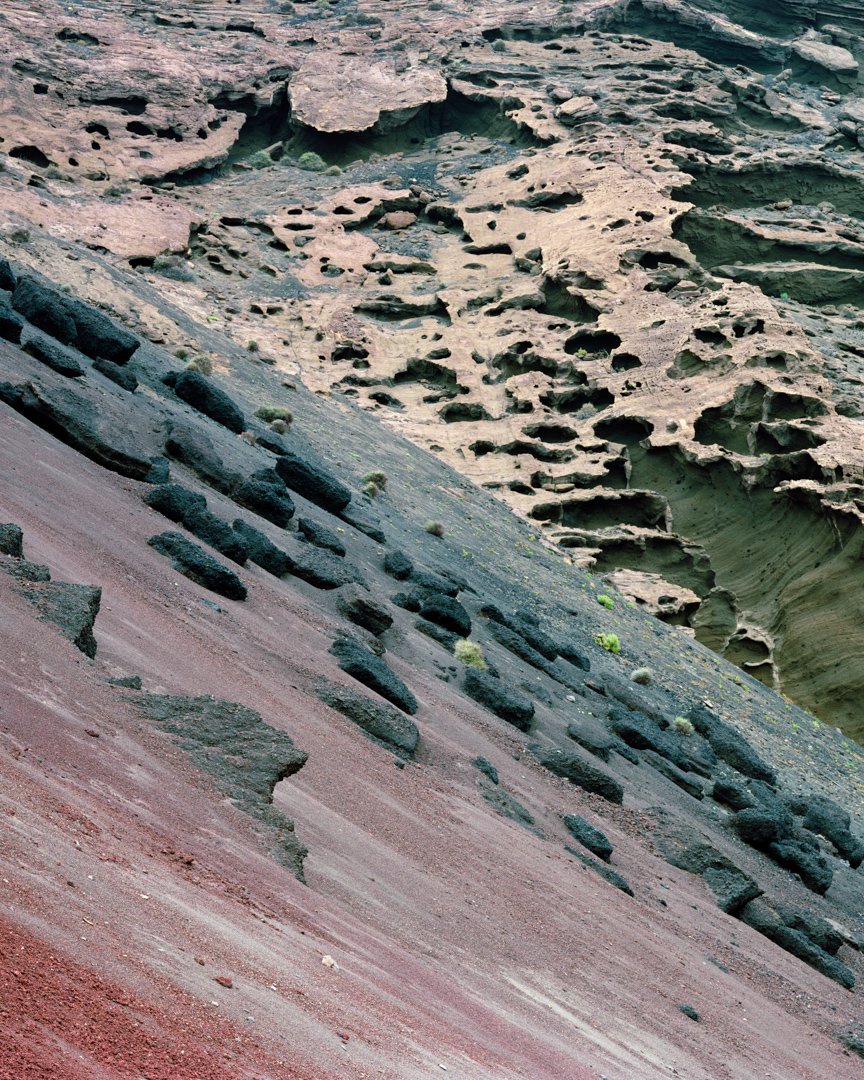
…three openings occurred at the same time, accompanied by violent earthquakes and flames that poured forth with a terrifying noise, and once again plunged the inhabitants of the island into a state of dismay. The openings soon became one single cone of great height from which lava flowed reaching the sea.
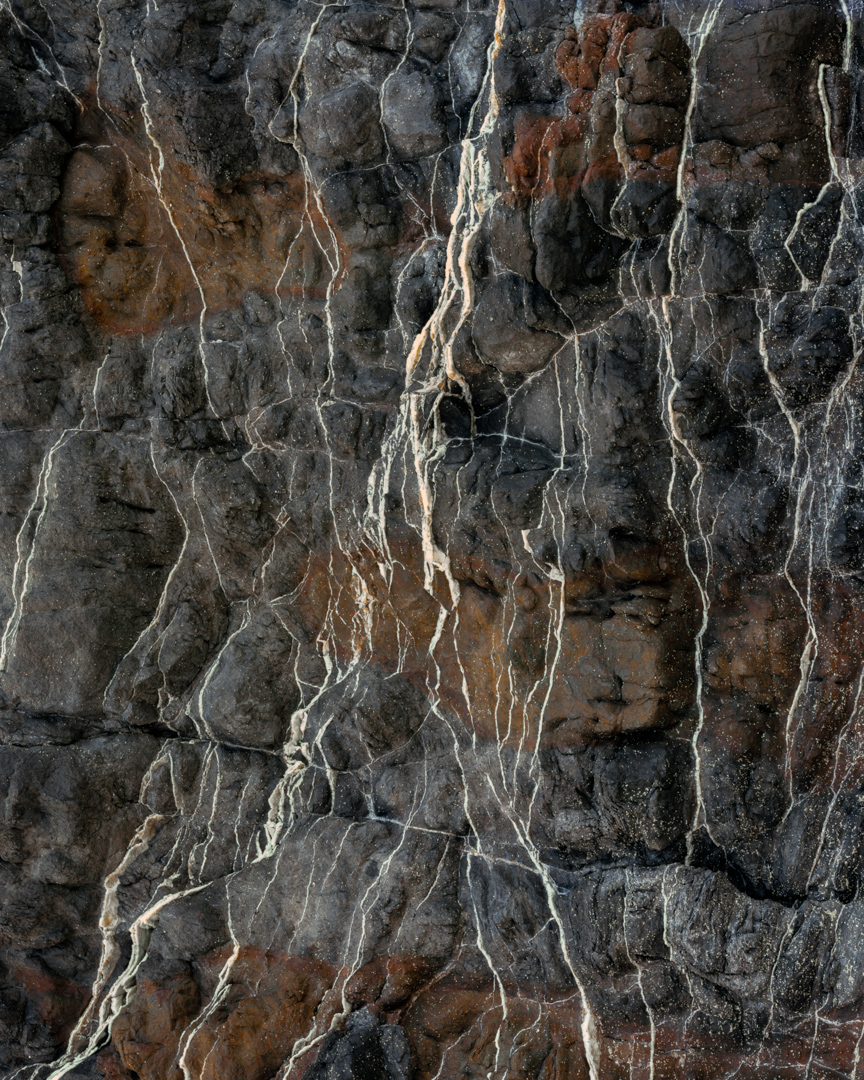
A crater opened up on the flanks of this new cone producing multitudes of lightning. The cone that had formed above the village of Mazo then gave off a white gas the like of which nobody had ever seen before.
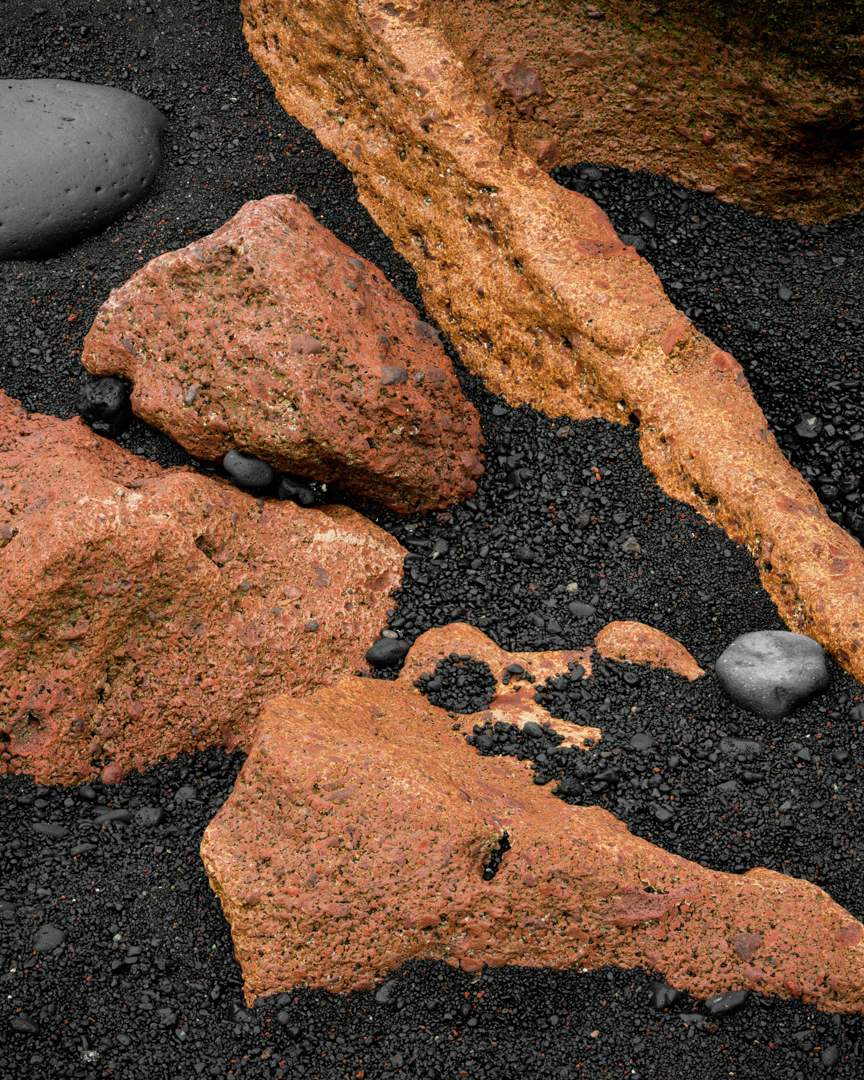
…the west coast of the island was covered by an incredible quantity of dead fish, of all kinds, including some that had never been seen before. These eruptions took place under the sea with great masses of smoke and flames bursting out with violent detonations from many places along the whole west coast.
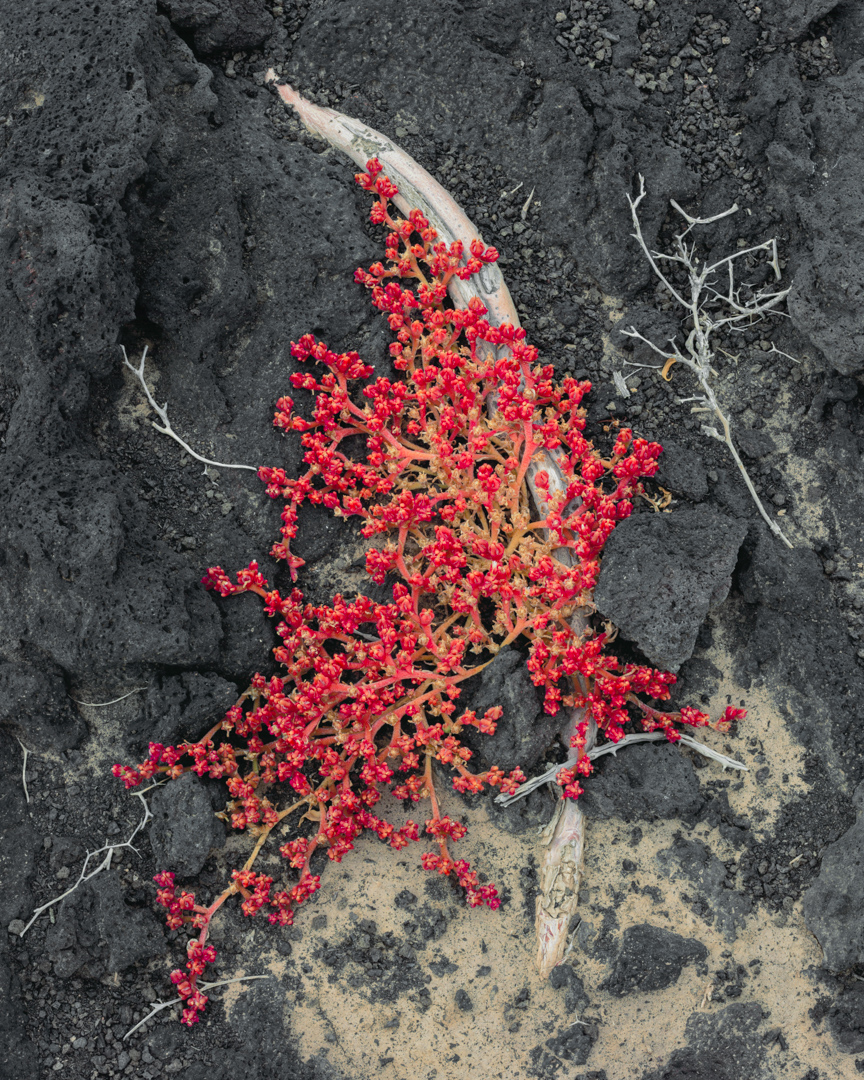
…one felt the strongest of all earthquakes to date on the island, so violent, creating turmoil and unrest. Then on the 28th of December a lava-flow burned the village of Jaretas and destroyed the chapel of St. John the Baptists near Yaisa.
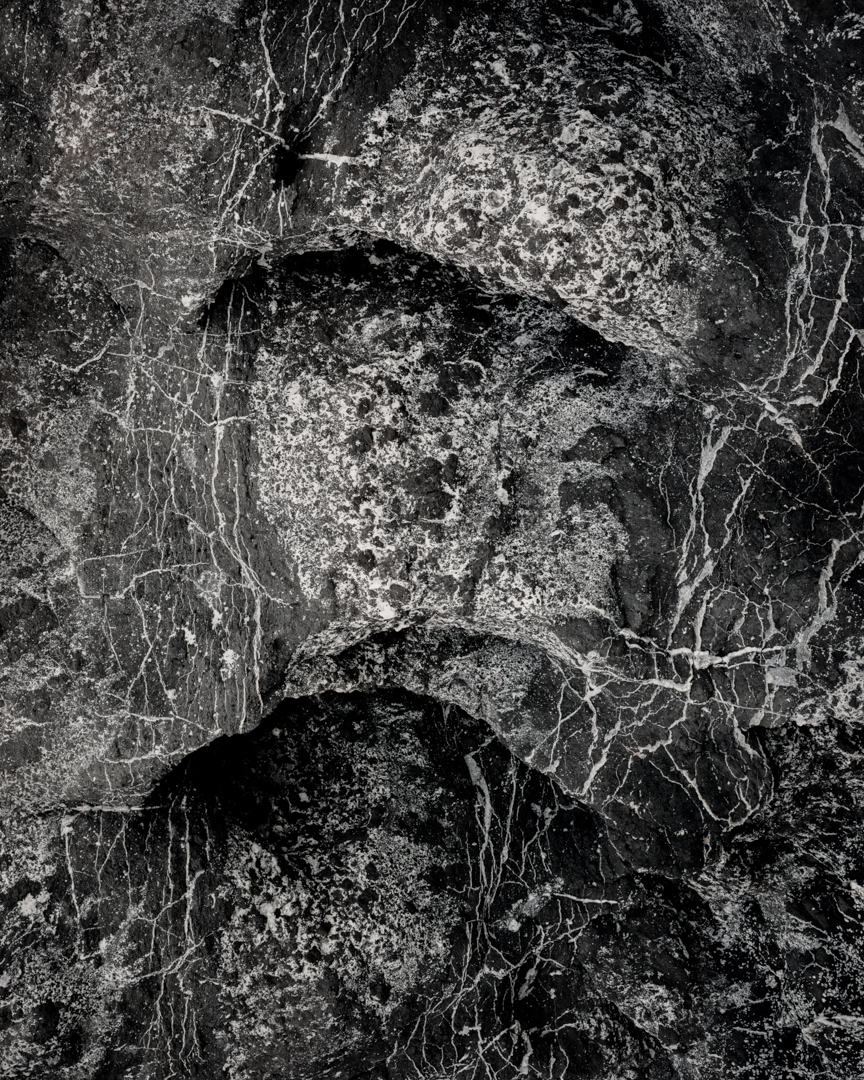
In this urgent circumstance, the homeless have besieged the Town hall and are begging us to let them gather whatever grains they possess and go to another island.
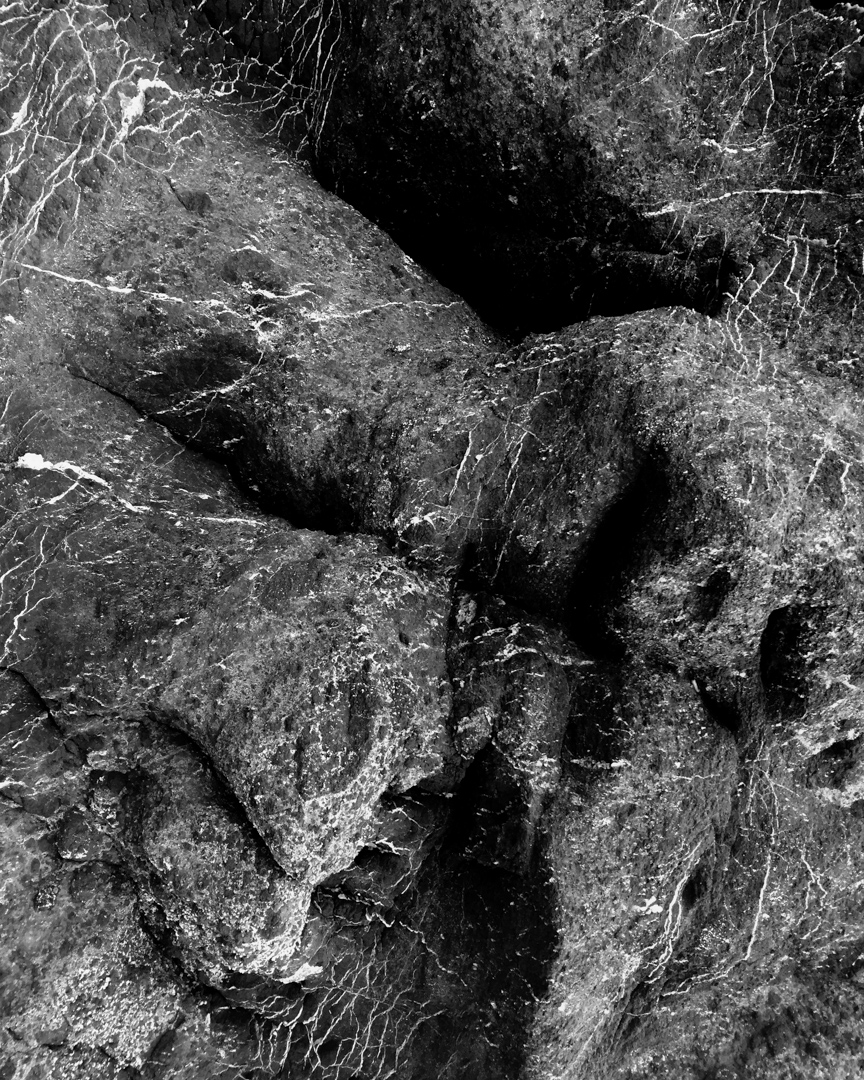
…the thundering and beating, ash and smoke, of these volcanic outbursts, more than once, drove the terrified inhabitants to take flight.
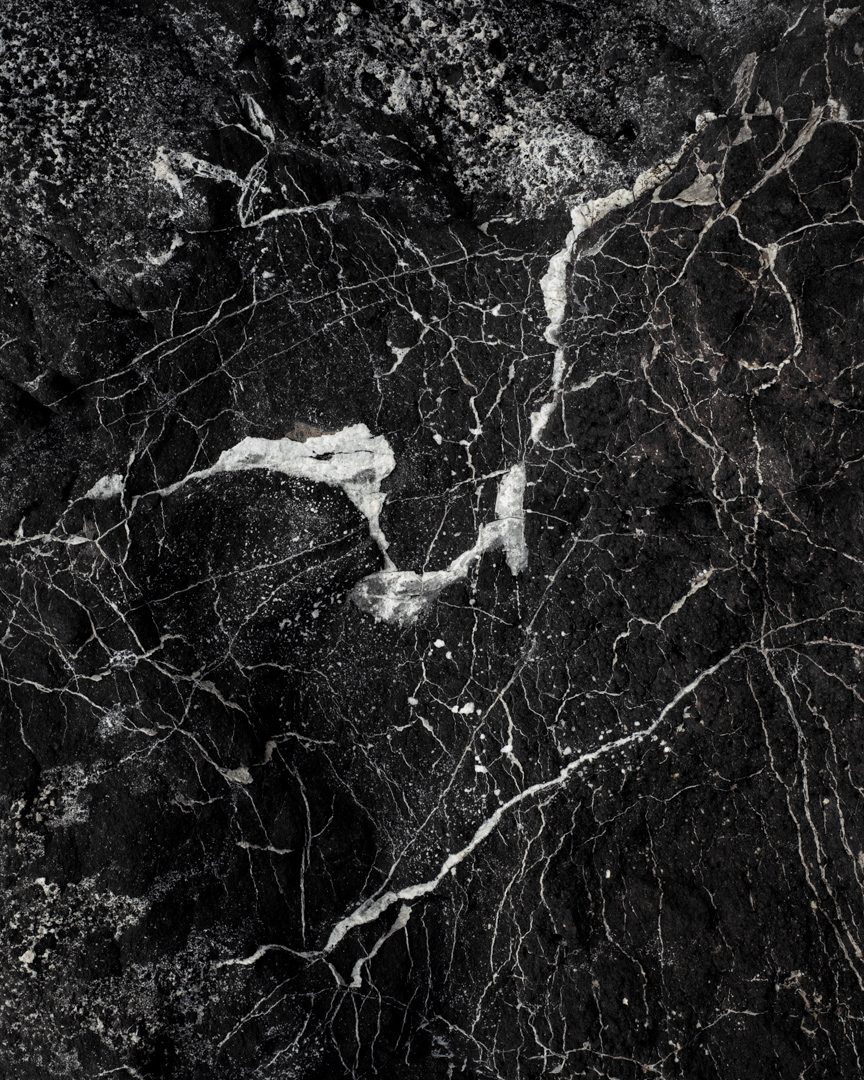
Three openings occurred at the same time, accompanied by violent earthquakes and flames that poured forth with a terrifying noise, and once again plunged the inhabitants of the island into a state of dismay.
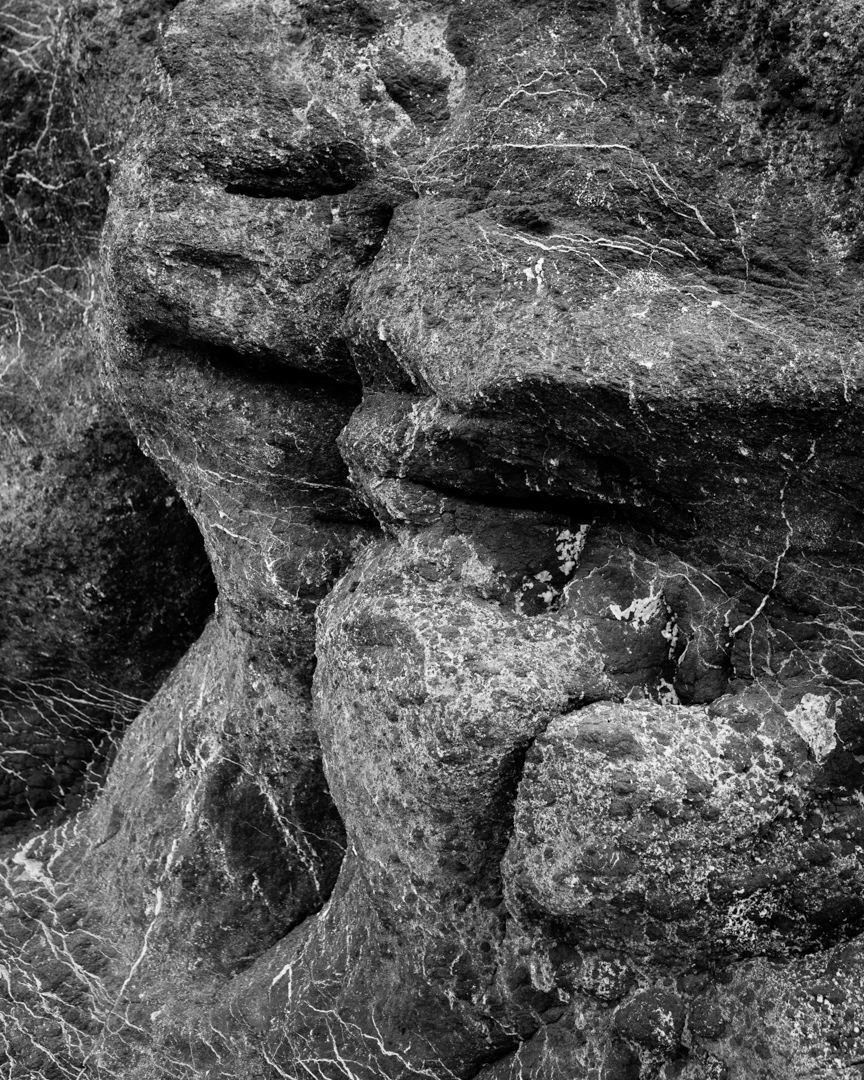
Nothing of this compares to the pain felt by the weeping and laments of men, women and children, who are ruined by this ungrateful element, stripped of their properties and exposed to the elements, searching for sustenance in the barren land in these hard times.
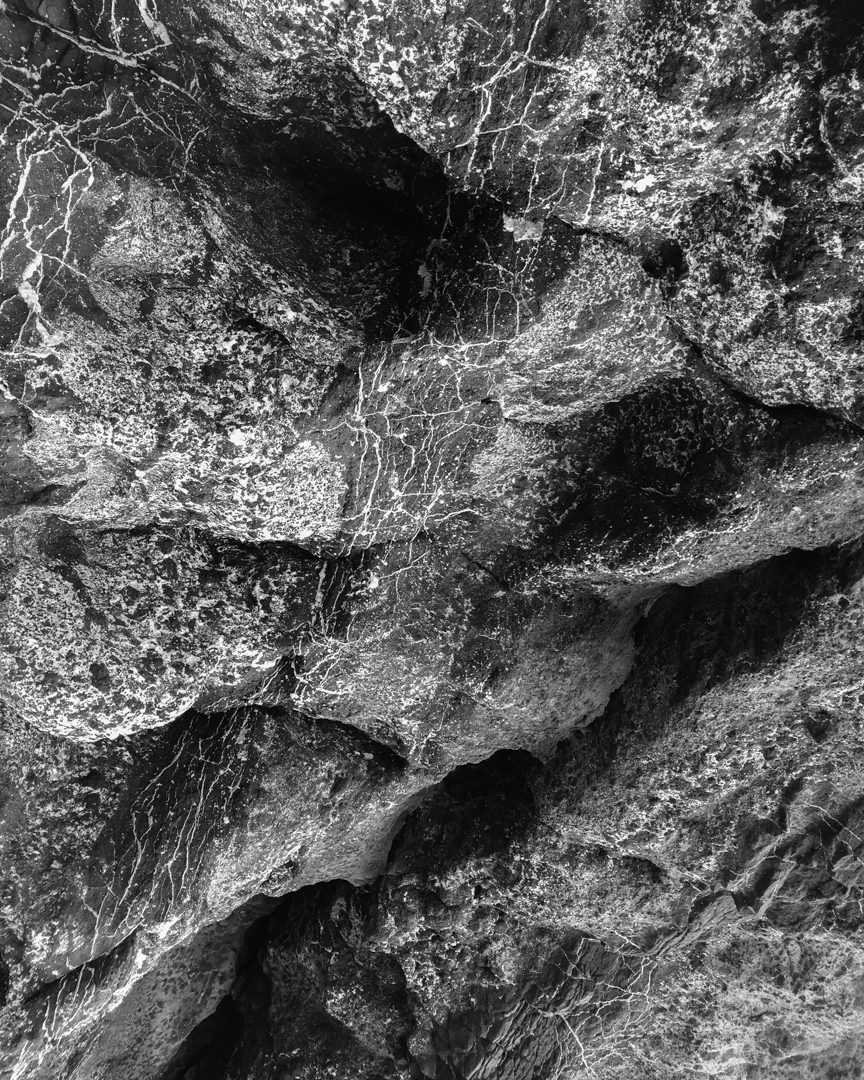
…people had lost all hope, believing there would be no end to the destruction on the island, so they fled with their priest to Gran Canaria.
“To a greater or lesser extent, everyone depends on stories, on novels, to discover the manifold truth of life. Only such stories, read sometimes in a trance, have the power to confront a person with his fate. This is why we must keep passionately striving after what constitutes a story” – George Bataille (1957)
The full set of images for Joseph’s Fire Mountains series is available to view on his website (here)
In the meantime the images in this feature are also viewable as a gallery without the accompanying quotes, see below.
ABOUT JOSEPH WRIGHT
Joseph is a photographer, and photobook designer and publisher, based in a semi-rural area of southern England
Using the mediums of photography and books he reveals stories of the land and how we inhabit it, developed through his life long relationship and deep affinity with the countryside and edgelands
His work is instinctive in response to place and event. It is frequently rooted in history, toponymy and topography. He unwinds time and peels back the layers of culture and memory creating work to move beyond the simple aesthetic to reveal a deeper understanding of his subjects. Joseph can best be described as a visual narrator of the inner and outer landscapes
Joseph is a founding member of the Inside the Outside (ITO) collective
He is also the founder of JW Editions; an independent publisher of photobooks, who produce short run commercially produced edition based releases, and handmade artist limited editions
Website: josephwright.co.uk
Twitter: @JoeARWright
Instagram: @JoeARWright
CREDITS
Quoted historical extracts are taken from two sources:
- A document from the Town Hall in Lanzarote addressed to the President and Judges of the Royal Representatives, dated October 17th, 1730.
- A 19th century book by the German geologist Leopold Buch, who summarised the now lost diarised original eye witness account of the parish priest of Yaiza, Father Andres-Lorenzo Curbelo from 1731 – German language translation by Joseph Wright
Otherwise, all other words and images in this article are © Joseph Wright

